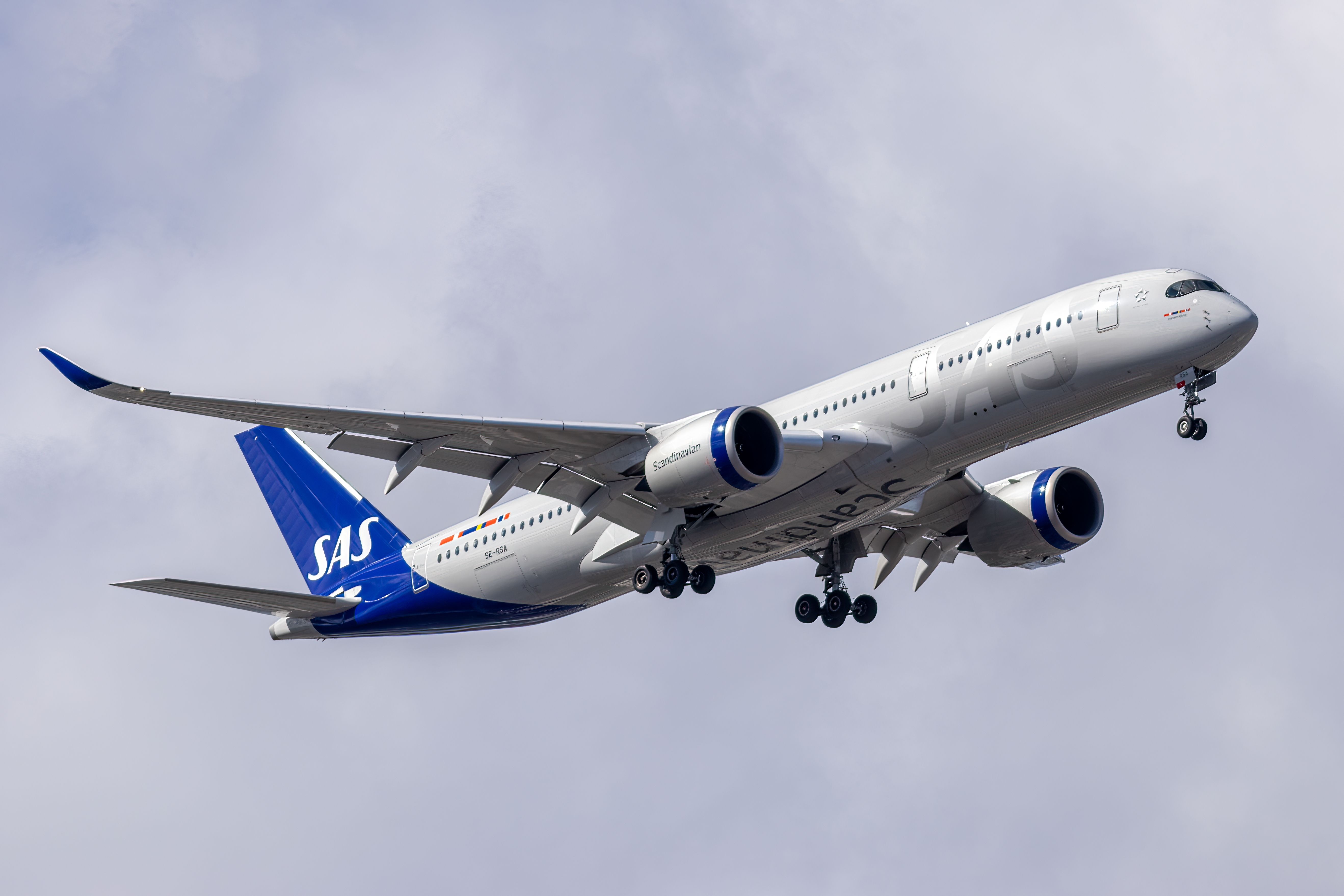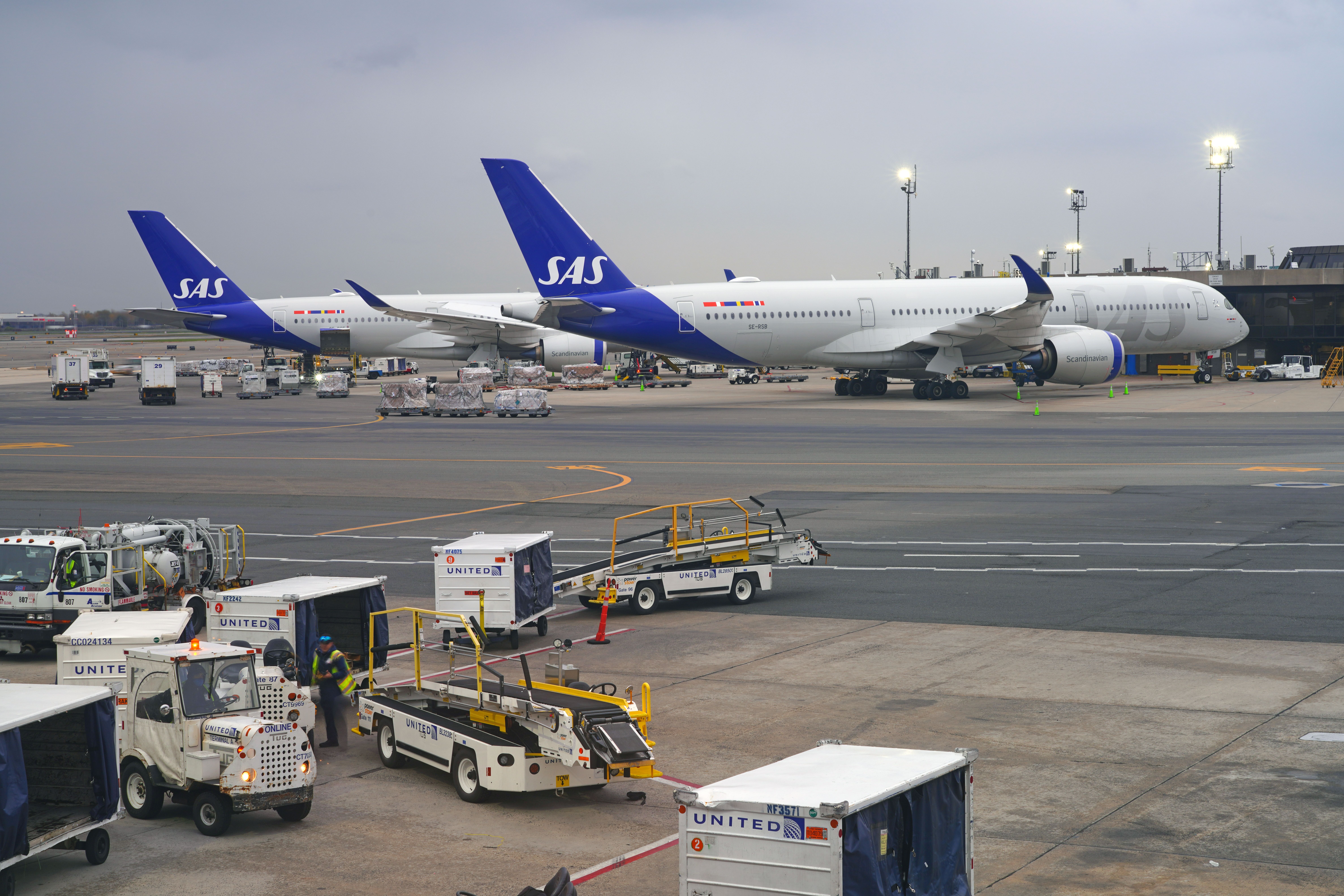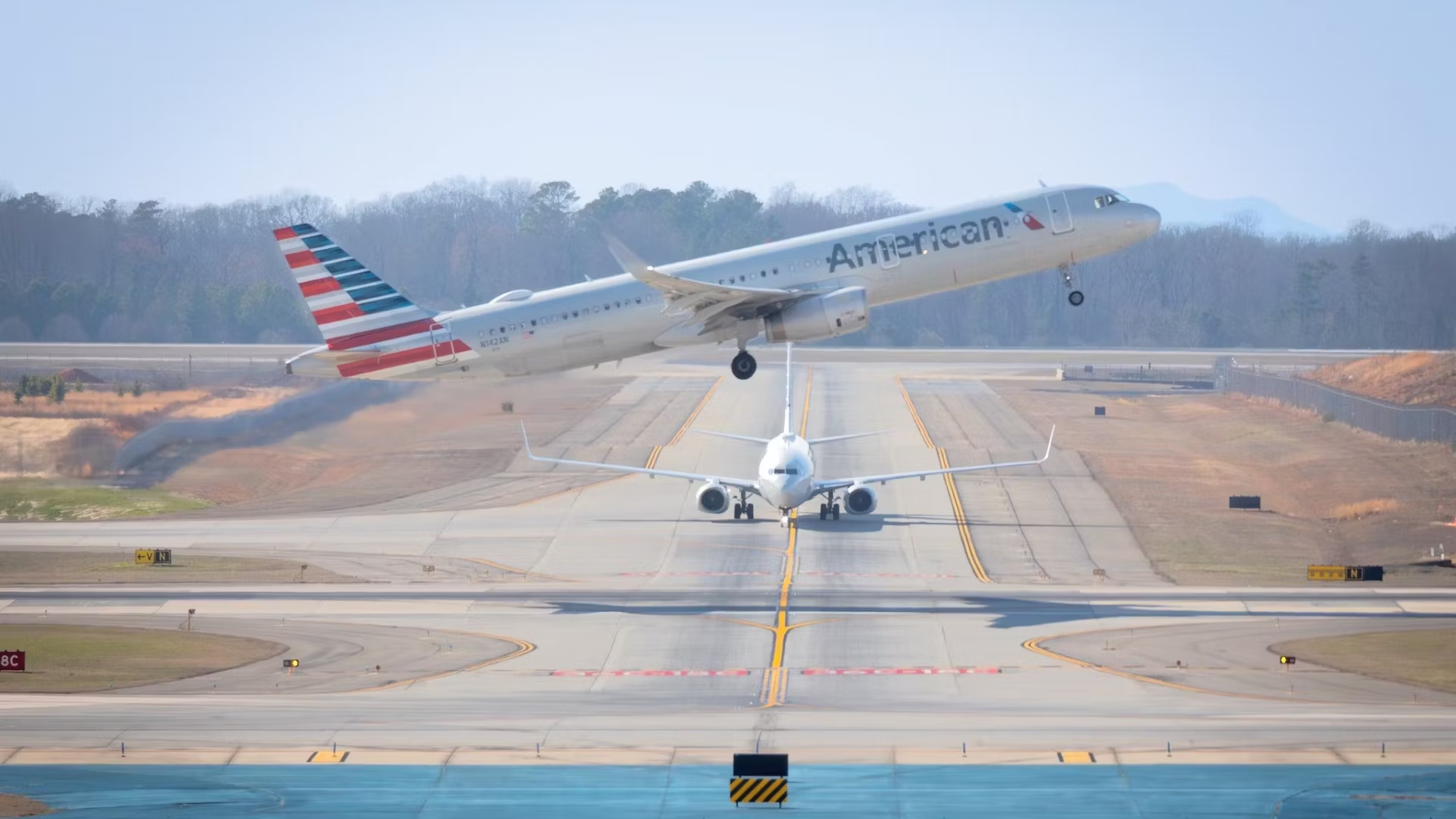On September 24, 2024, a  Scandinavian Airlines (SAS)
Scandinavian Airlines (SAS)
Airbus A350 was struck by lightning while operating a flight from Copenhagen to Shanghai. The flight consequently returned to Copenhagen, and the aircraft has remained on the ground for nearly 48 hours.
Lightning strike at 35,000 ft
The Airbus A350
was operating Flight SK997 from Copenhagen Airport (CPH) to Shanghai Pudong International (PVG). Data from Flightradar24 shows that the flight departed the Danish capital at 23:48 and was scheduled to arrive in the Chinese city at 17:05 local time. According to The Aviation Herald, the aircraft suffered a lightning strike en route at 35,000 ft and about 260NM (481 km) southeast of Copenhagen.
After advising air traffic controllers of the situation, the flight crew was instructed to turn to a northerly heading and proceed back to Copenhagen. The flight landed safely at approximately 01:22 local time but was postponed to another day, while the return flight SK998 was canceled. Recalling the situation onboard, one passenger said,
“During the climb, at approximately 23:55, there was a loud bang and a bright flash on the left side windows. At 0:04, the captain announced that this was a lightning strike and that all systems were normal. Ten minutes later, he confirmed that he would be back with more information shortly.”
“At approximately 0:28, the aircraft entered a steep left turn in Polish airspace, and after that, an announcement was made that we would return to Copenhagen for inspection. At arrival, we had an overweight landing. Service vehicles were waiting at the runway. During taxi, we could feel that the breaks were hot, and the aircraft stopped multiple times.”
While overweight landings can potentially damage the aircraft
, some situations require pilots to land soon after takeoff. After an overweight landing, the aircraft would have to undergo thorough inspections to check for any damage to the landing gear, tires and breaks, and the wings and fuselage, among other components.
The aircraft involved in the incident
The aircraft involved in the incident is a four-year-old A350-900, registration SE-RSD. According to ch-aviation, it took its first flight in June 2020 before being delivered to SAS the following month. As of June 2024, it has performed 11,335 flight hours across 1,194 cycles. Over the past month, it has frequently flown between Copenhagen and Shanghai, Tokyo, Boston, and Los Angeles.
Photo: EQRoy | Shutterstock
Flightradar24 shows that the aircraft has not operated any flights since the incident. Despite the A350 being forced to return to the airport, lightning strikes are typically not harmful to aircraft or passengers. Modern planes are designed to withstand several environmental threats, including lightning.
Due to the use of metals in constructing the fuselage, an aircraft’s skin is a great conductor of electricity. According to experts,
when lightning strikes an aircraft
, it arcs through the fuselage from
extremities like the nose and wingtips
and exits through the tail. Furthermore, all wires are grounded or isolated from the body. Following a lightning strike, an electrical charge typically exits the aircraft without causing any severe damage.
However, there have been a few cases where lightning has been fatal. In December 1963, a Pan Am Boeing 707 crashed as a result of a lightning strike. Investigators concluded that lightning had probably ignited fuel vapor in the fuel tanks, resulting in a fatal explosion. The accident led to several safety improvements in how aircraft can better withstand lightning strikes.





